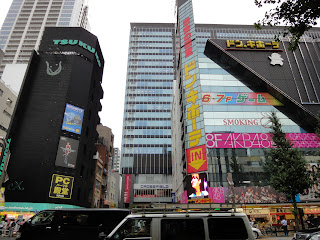Day 1: Reach Guawahati and transfer to Bhalukpong, night stay at Bhalukpong, Rs. 600-1200 per rooms at lower Bhalukpong just after the checkpost of Assam Arunachal border.
Day 2: Start early enough and reach Dirang. Pemaling and Awoo are the two best hotels there. But more hotels are available in the market area. Take a walk to the Kameng river.
 Day 3: Start for Tawang, again start early enough to cross Sella before noon, after 1-2pm the weather goes crazy there, snow falls and rains are usual in the afternoon. In road watch Jashwant Gar.
Day 3: Start for Tawang, again start early enough to cross Sella before noon, after 1-2pm the weather goes crazy there, snow falls and rains are usual in the afternoon. In road watch Jashwant Gar.
Hotel Tawang is very good and cheap, and the the tourist lodge is even better. We stayed in the VIP suits there @1050 per night during 2011. The food is good too.
Day 4: Local sightseeing of Tawang, Tawang Monastery, War memorial are very good. Apply for permit to Bumla, the Indo-China LOC from DC office. If it is Sunday, then also you can get it from the office. Usually someone is there at the office to help the tourists, even you can get the signed form from the DC bunglow. Collect it before 5pm and submit in the BRIGADE beside War memorial as soon as possibe, usually before 6pm. At around 7pm they will give you the permit.
Day 5: Start for Madhuri (Or, Sungetsar) lake and Bumla. Use the whole day. The roads are pretty bad but not dangerous. Only SUV can reach to Bumla. The LOC at Bumla looks amazing. You can even see the Chinese soldiers through binoculars. The Indian Army welcomes you with hot tea and snacks.
Day 6: Start for Tenga. Many suggests Bomdila, but it is almost same as Tawang, with lesser cold. On the other hand Tenga is beside the river and is a military camp, very clean and very beautiful with the sound of flowing river all day through. Night halt at Hotel Aphet with Rs. 1100 per night. But the food is of real bad taste.
Day 7: Reach Guwahati, visit Kamakhya temple. It will take almost 10-11 hours from Tenga to Guwahati.






